Pauline Laravoire, Co-Founder & CEO, Y-East, Sustainability Director, Techno India Group and has developed her expertise in strategy consulting, social entrepreneurship, and impact assessment, especially as the co-founder of non-profit organisation, AQWA, which supports social enterprises and NGOs through social impact assessment studies. Pauline Laravoire has made it her mission to drive sustainable impact through Y-East and also through her work with the Techno India Group, by making sustainability education accessible to young people.
(September 21, 2023) Stepping out into the pungent, humid air of Kolkata for the first time, Pauline Laravoire wondered if she had made the right choice. “I used to wonder, am I relevant to do this work in a locality that isn’t mine? Am I the best messenger and ambassador of sustainability considering where I come from?” Kolkata was, after all, a far cry from the wealthy suburb of Paris where Laravoire had spent her childhood. She did manage to shrug off her imposter syndrome and also met the man she would marry, Meghdut Roy Chowdhury. Together, the couple run the Y-East platform, which connects global impact-focussed organisations working in the social and environmental sectors in East and North East India.
Her early life was one of privilege, and she was a passionate gymnast and ‘shower singer’. Looking back, Laravoire says that gymnastics shaped her sense rigour and detail-orientation, while singing remains her preferred outlet to this day. In all this, Laravoire never stopped to observe, or question, the flaws in the education system. That changed when she went to business school, at the prestigious HEC Paris. She realised, only in hindsight, that the education system is deeply flawed, that “education standardisation leads to biased academic and career pathways.” It was only at the age of 20, “very late,” in her opinion, that she was introduced to entrepreneurship. At HEC, she discovered social entrepreneurship, and was blown away by the concept of building businesses that prioritise sustainable impact over profit. “I found it profoundly powerful to be able to use the rules and mechanisms of business to find solutions to the complex social or environmental issues that currently shake our world,” says Laravoire, in an interview with Global Indian.
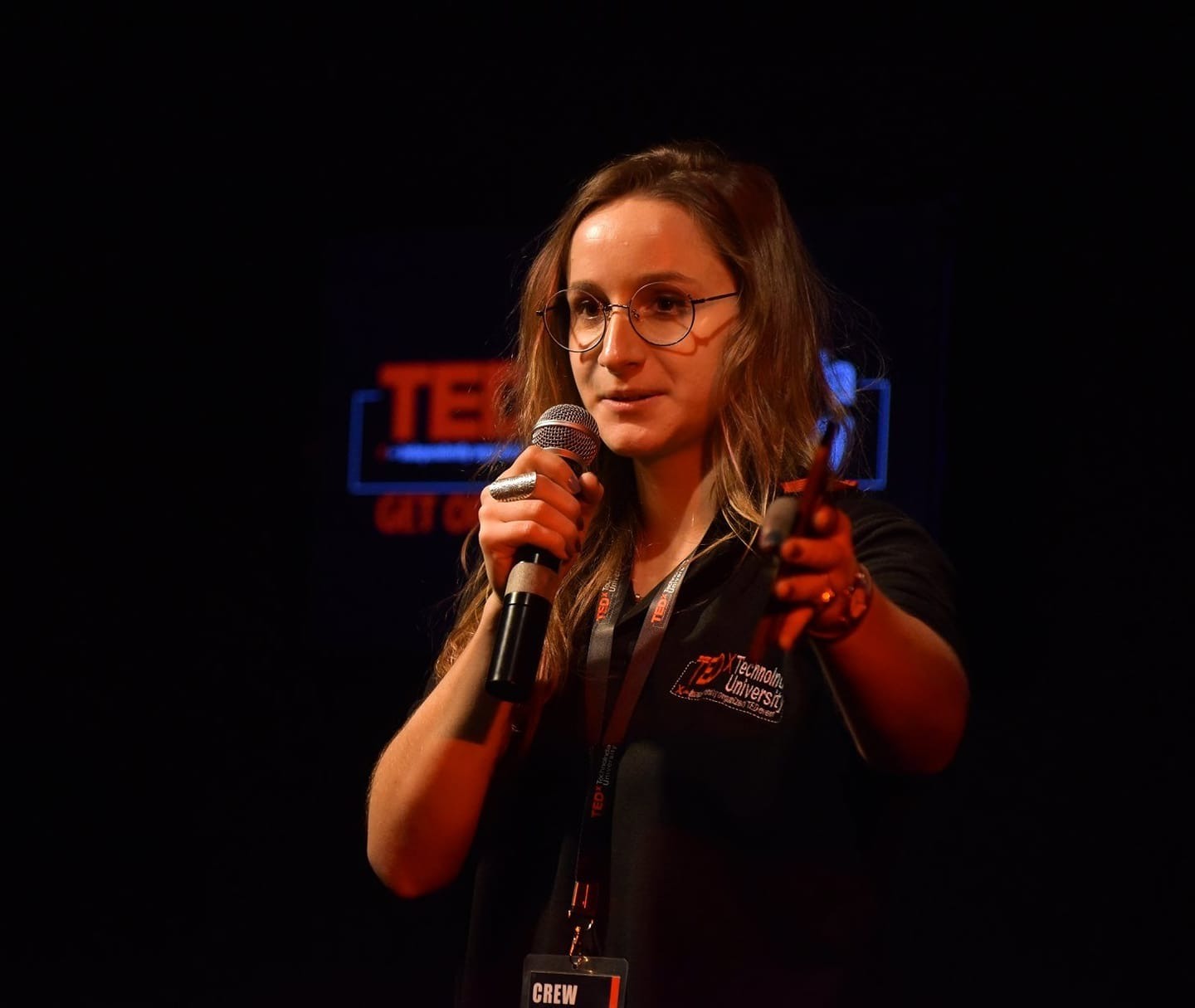
Pauline Laravoire
Making Education Matter
Once she discovered the world of the Social and Solidarity Economy, social businesses, social innovation, and impact entrepreneurship, there was no looking back. Laravoire was driven by being useful and making an impact, by creating social and environmental benefits that transcend economic value. “As a matter of fact, I am hardly driven by the financial benefits of a career,” she admits. “This impact-focused decision-making compass has guided most of my personal and professional choices.” She made the most of her time at HEC, “taking every opportunity to attend relevant classes, meet professionals from the field and work with impact entrepreneurs and non-profits to better understand how they ensure and thrive on their triple bottom line (People, Planet, Profit).”
Pauline ended up taking a gap year to co-found AQWA, a non-profit organisation supporting social enterprises to assess their social impact, and then went on to graduate from HEC with a Master’s in Sustainability and Social Innovation. By this time, Laravoire had found her purpose in life – she wanted to play a part in reforming the education sector. She joined the Techno India Group, one of the country’s largest educational conglomerates, as a Sustainability Director. That brought her to the shores of Kolkata.
Green Fingers
As Sustainability Director of Techno India Group which covers the whole education spectrum with around 100 campuses and 100,000 students in total. Here, Laravoire works to provide students with what she found lacking in her own education – values related to sustainability.
Adapting to Change
With her background, her journey from France to India came with its own set of challenges. Moving from Paris to Kolkata, starting from scratch and adapting to a whole new environment was challenging she admits. She didn’t know anyone in the early days, and had to adapt to an entirely new culture and ecosystem. It prompted her to co-found Y-East, along with Meghdut Roy Chowdhury. The aggregating platform works to create a network of individuals, professionals and organisations who are working towards the 17 UN SDGs, with a special focus on the East and the North-East of India.
Getting to know the local cultural codes on both the personal and professional front, building a network of like-minded professionals (which she mostly did through Y-East) and friends, learning some of the local language, rebuilding her professional credibility was not easy. “Today, Y-East gathers around 200 organisations whose activities focus on one or more Sustainable Development Goals (SDGs),” Laravoire explains.
A couple of years later, fascinated by the dynamics and potential systemic impact of networks and alliances towards a common cause, Laravoire joined the Paris-based LearningPlanet Alliance in a part-time, remote capacity. Things came full circle when Pauline Laravoire was offered the position of Acting Executive Director of the same master’s programme that had inspired her so much at HEC. She took the job and relocated to France but plans to be back to Kolkata in a few months with a fresh perspective on the job to be done as far as education for sustainability is concerned.
Lessons learned
“In hindsight, I wish I had been gentler and patient with myself, as adjusting after such a big leap of course takes some time. With patient efforts, I have learnt how to choose my battles, to keep the best of both cultures (French and Bengali), and to retain my core personal values while embracing a whole new world,” she says. Another challenge was for her to learn how to shut down the voice of her own impostor syndrome. “For example, I used to wonder, am I relevant to take this up in a locality that isn’t mine? Am I deserving of the spotlight and resources I have access to locally? Am I the best messenger and ambassador of sustainability considering where I come from?”
Although these questions plagued her, Laravoire learned to move past this imposter syndrome. “I realised that we need as many brains and hands on deck to collectively solve these complex social and environmental challenges, and that I should play my part as best as I can no matter where I am on this earth,” she smiles. Another lesson came with this – learning to distinguish between truly impactful activities and artificial, tokenistic ones. “I realised overtime that one of the most useful superpowers you can develop is to know how to cut noise, to say no to opportunities that aren’t meant for you and focus on the actions you know you’ll be the most relevant and efficient to take up,” she explains.
Balancing Act
When not at work, she tries to build a healthy, consistent daily routine with morning meditation and yoga and reading a book and practicing journaling at night. “There are some periods when I manage to be very consistent with these habits, and some when I fail, especially when it gets too intense at work, in which case I go back to these habits as soon as my schedule allows. I find it essential to be able to set limits to your professional life and be able to switch off at a reasonable time at night and during weekends (and at the same time, respect your colleagues’ time off as well). This also allows you to build a healthy balance between all key dimensions of life, your career yes, but also your family and friends, your physical and mental health, and your spirituality. I also enjoy singing, listening to podcasts, going on walks and occasional dates with myself,” she smiles.
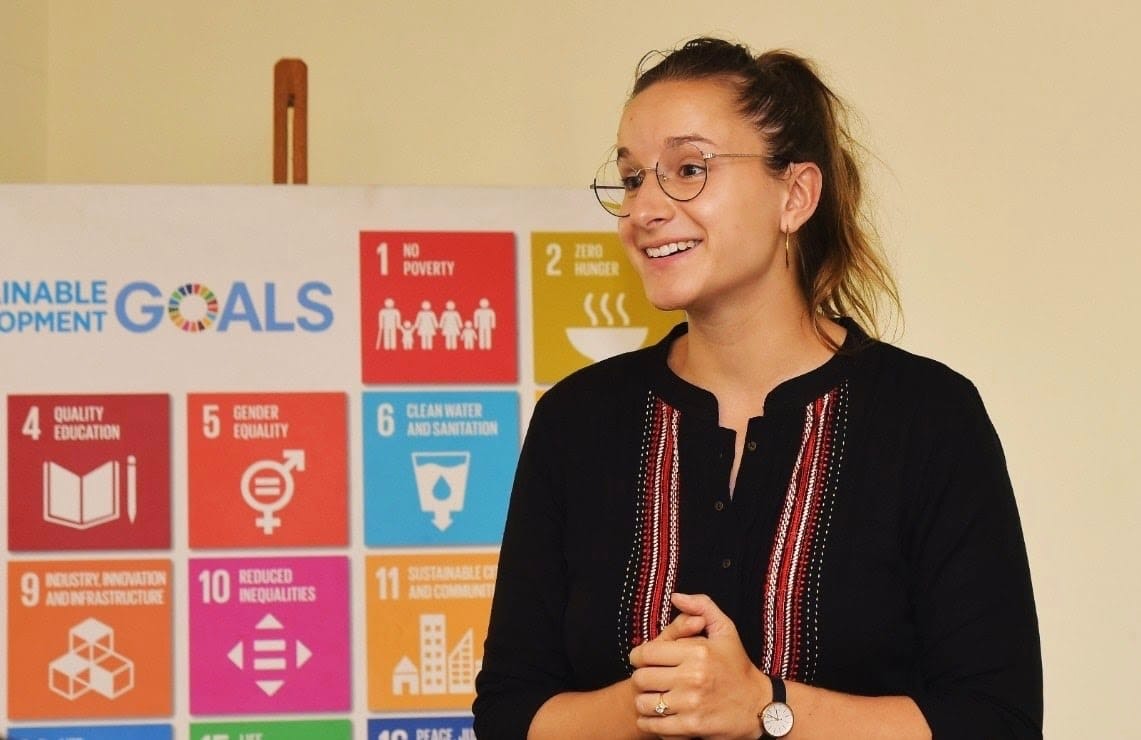
Forging her Trajectory
Laravoire believes that every person must listen to themselves and follow their own intuitions to build their own, unique path, despite societal and family pressure. “Use tools such as Ikigai to keep making sure that you are building your life instead of letting other people build it for you. And once you’ve found the key message you’re meant to carry, make it consistent, repeat it with endurance, and let your actions be aligned with your vision and values. This will allow you to self-identify, grow expertise you’ll be known for, and deliver on your life mission. And don’t forget to nurture reflexivity, wellbeing, and joy along the way,” she says. Looking ahead she intends to keep growing her expertise and relevance in the space of education for sustainability. She plans to work at HEC Paris for another one or two years before settling back at Kolkata. “My dreams include contributing to India’s leapfrog on sustainability matters at scale, getting involved in public policy and advocacy, and writing a book,” she signs off.
Follow Pauline Laravoire on LinkedIn



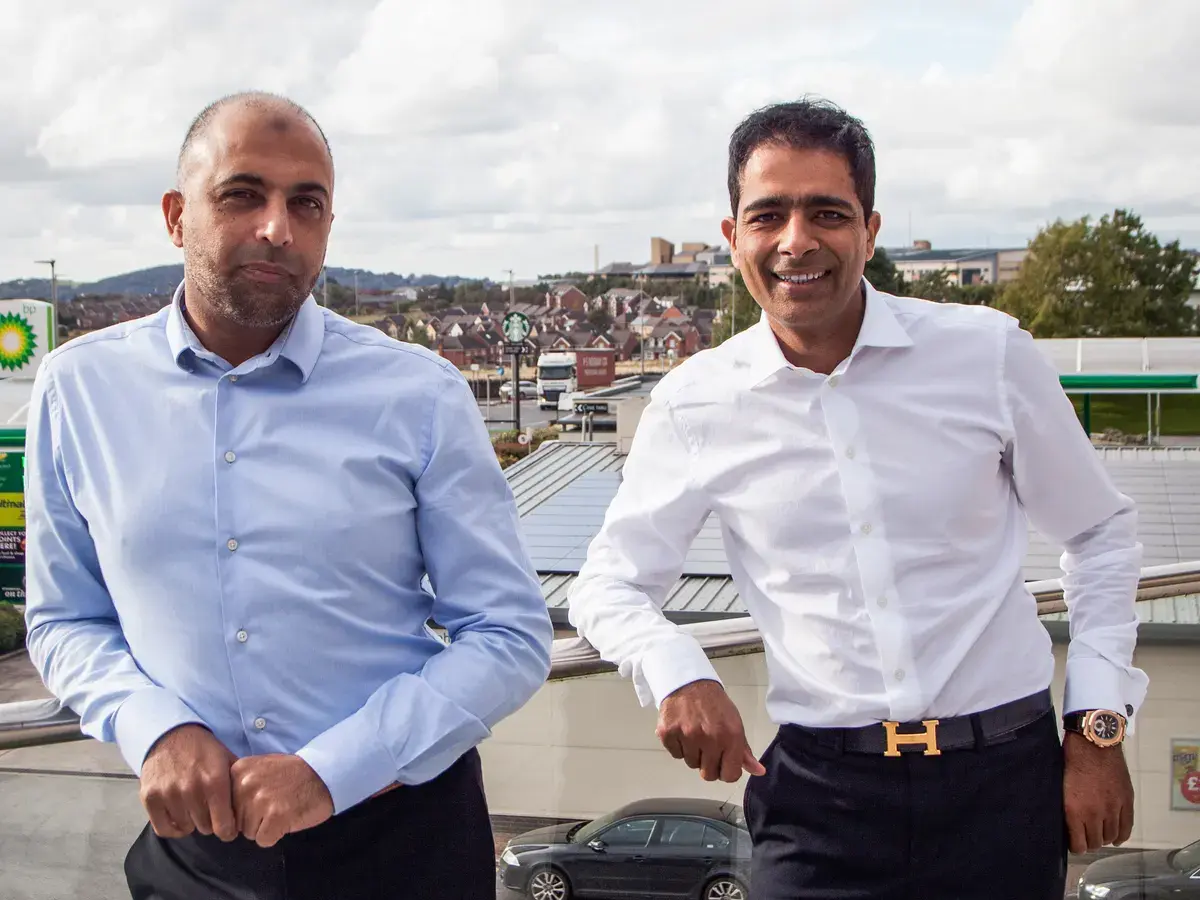 The Issa brothers[/caption]
The Issa brothers[/caption]
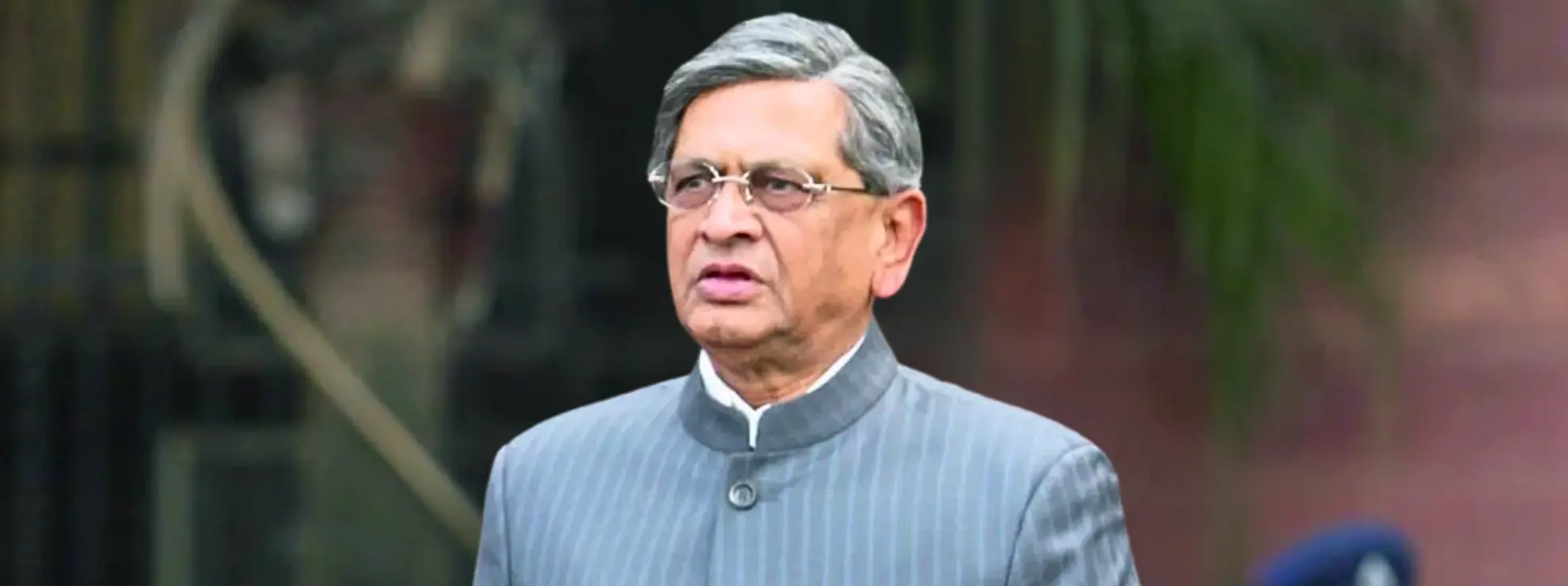
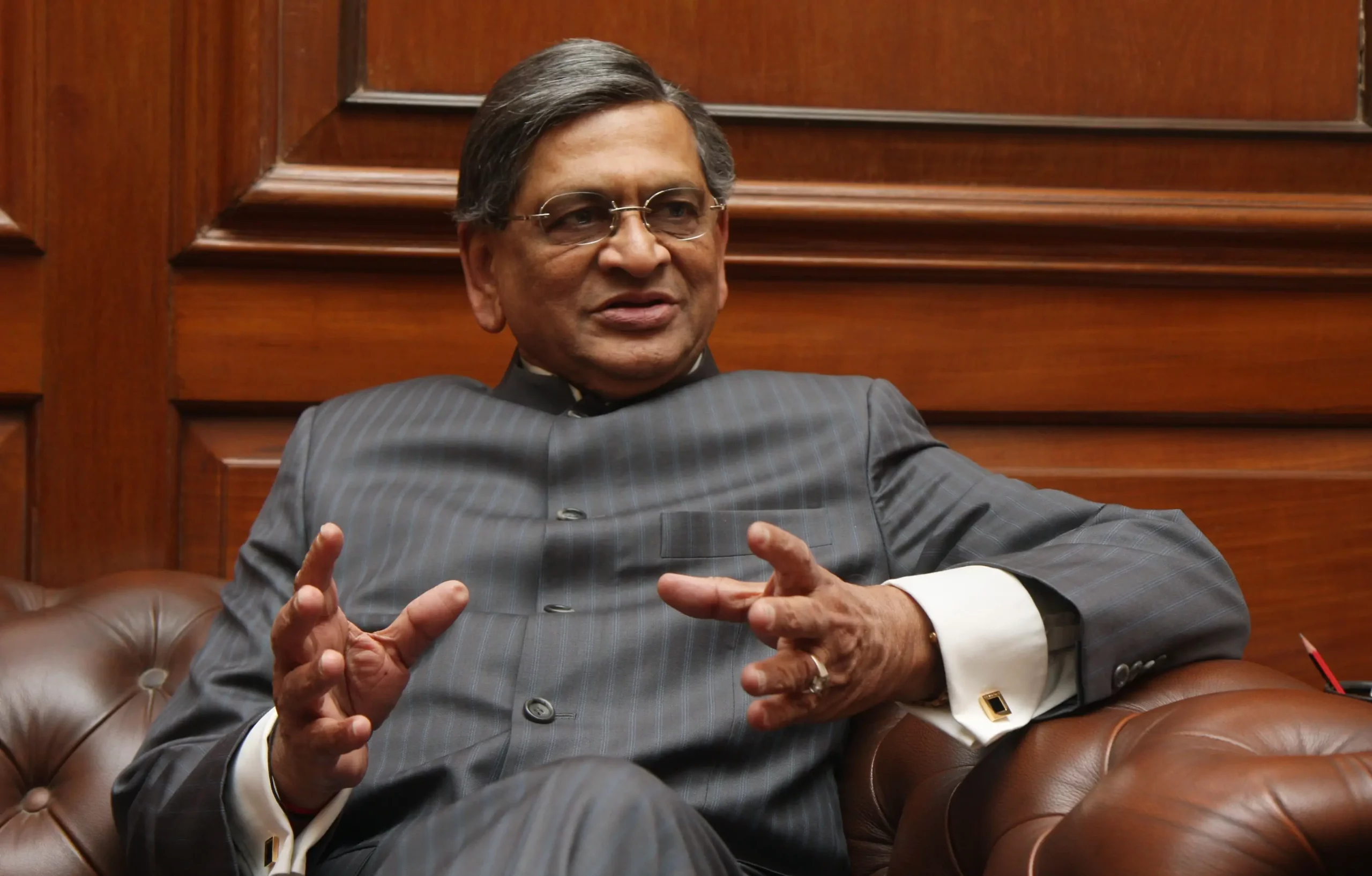
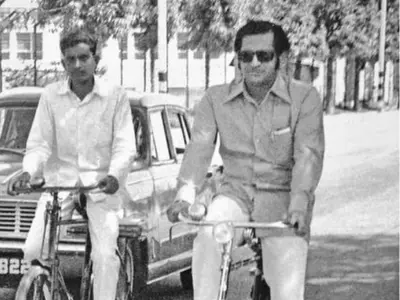 A young S.M. Krishna riding to the Vidhana Soudha in Bengaluru. Photo:
A young S.M. Krishna riding to the Vidhana Soudha in Bengaluru. Photo: 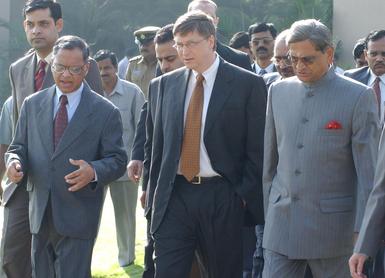 S.M. Krishna with Micosoft founder Bill Gates and Infosys co-founder Narayana Murthy[/caption]
S.M. Krishna with Micosoft founder Bill Gates and Infosys co-founder Narayana Murthy[/caption]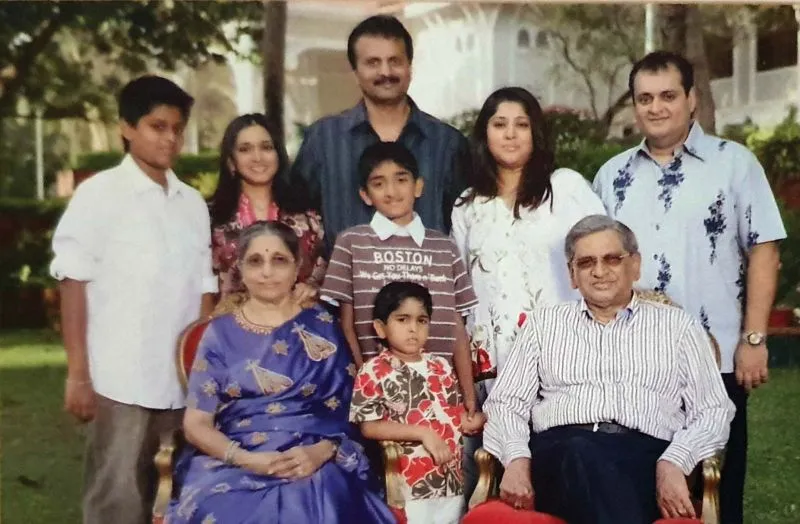 S.M. Krishna with his wife, daughter and son-in-law, VG Siddharth, the founder of Coffee Day[/caption]
S.M. Krishna with his wife, daughter and son-in-law, VG Siddharth, the founder of Coffee Day[/caption]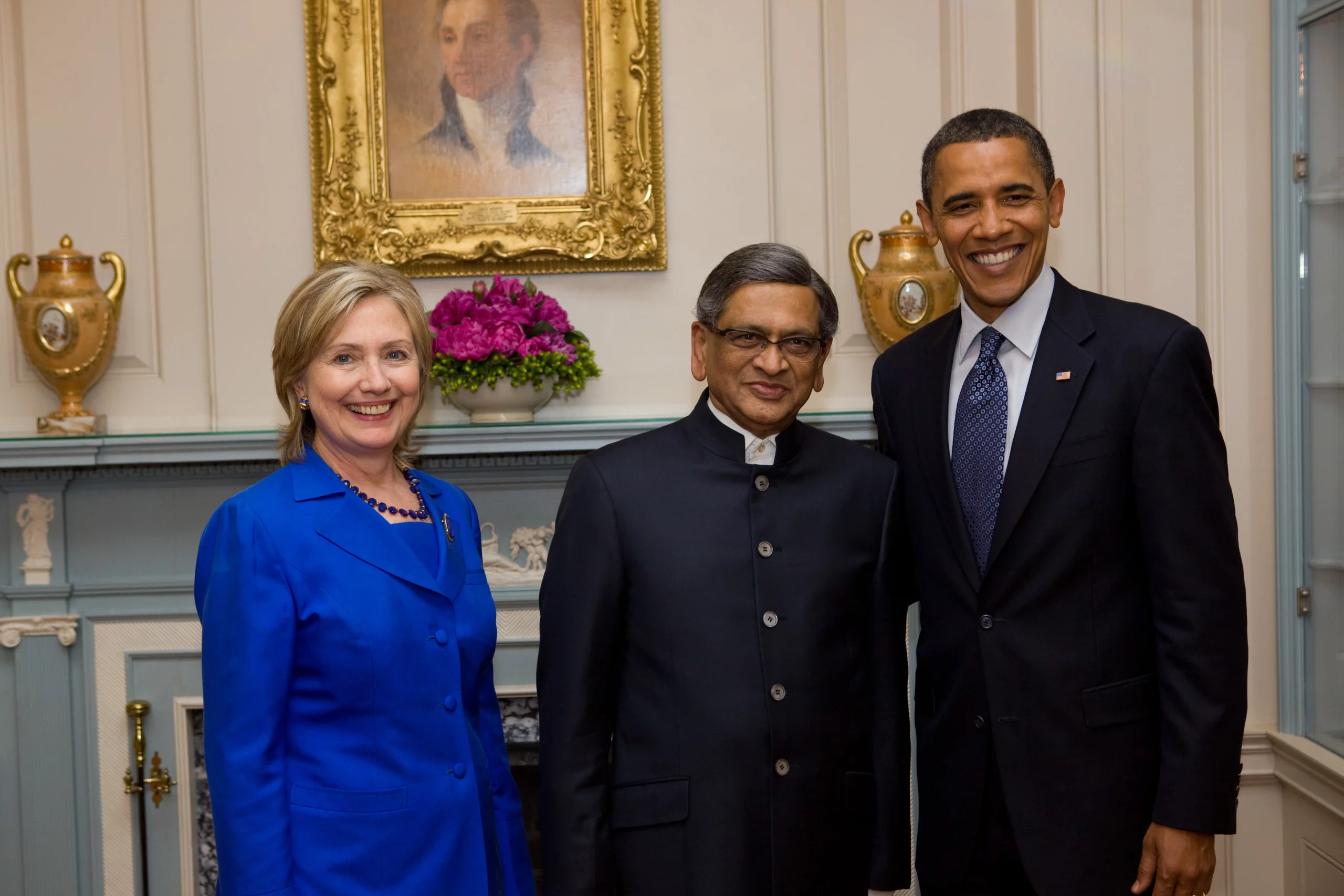 Photo: Creator: Pete Souza Official White House Photo / Wikimedia Commons[/caption]
Photo: Creator: Pete Souza Official White House Photo / Wikimedia Commons[/caption]
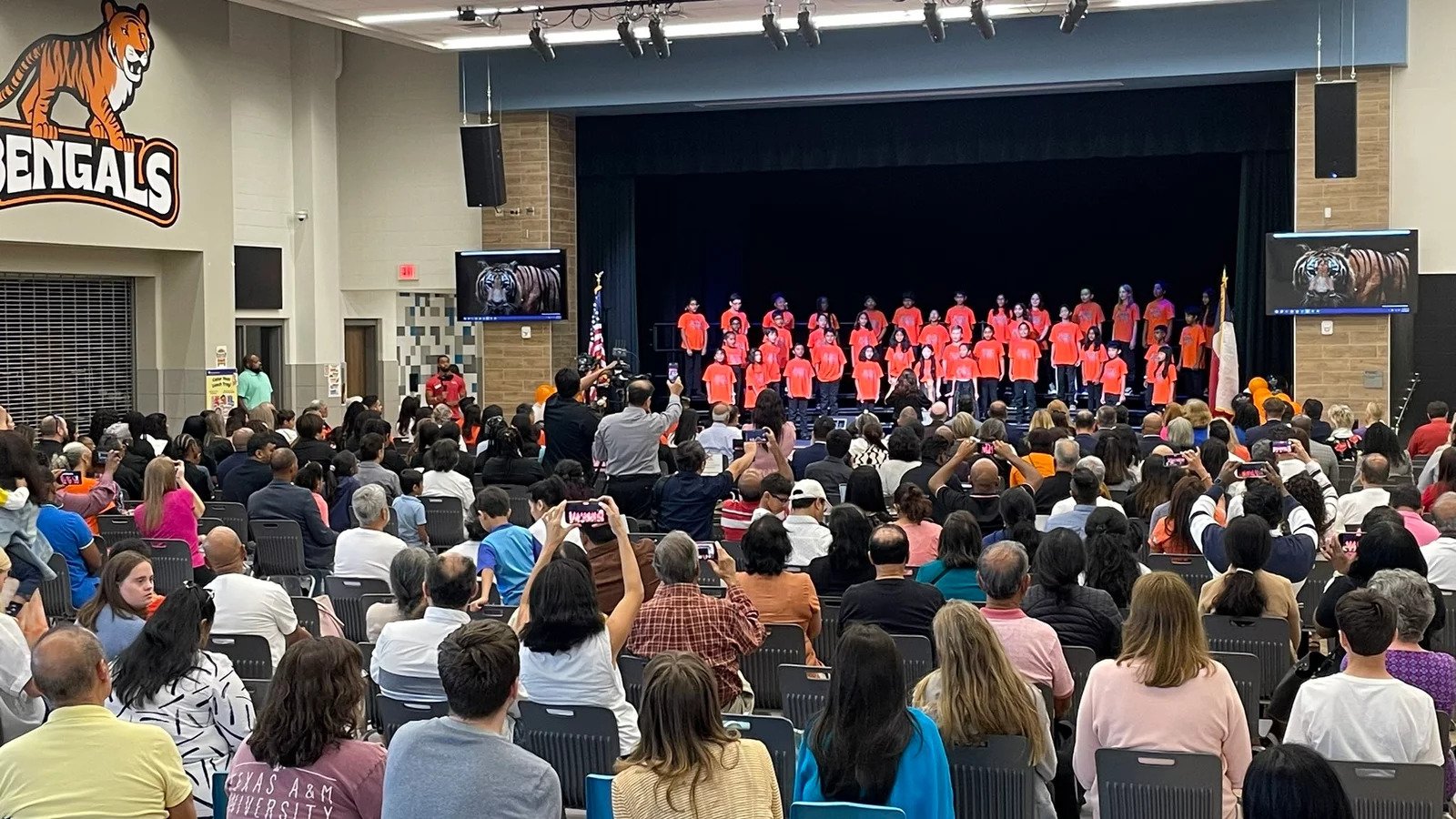 Sonal Bhuchar Elementary[/caption]
Sonal Bhuchar Elementary[/caption]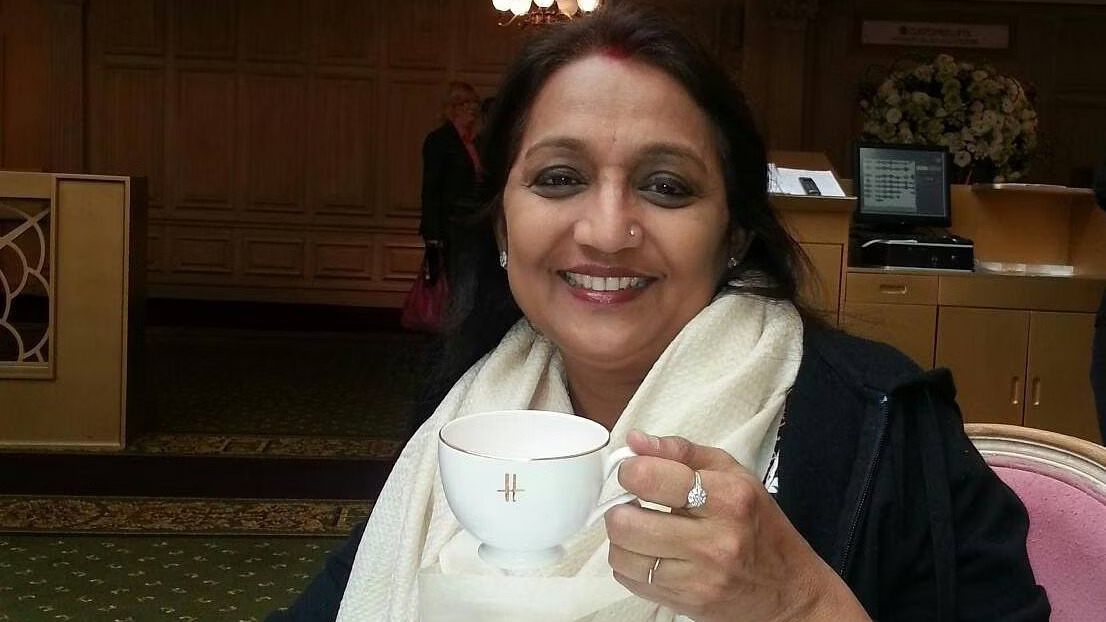
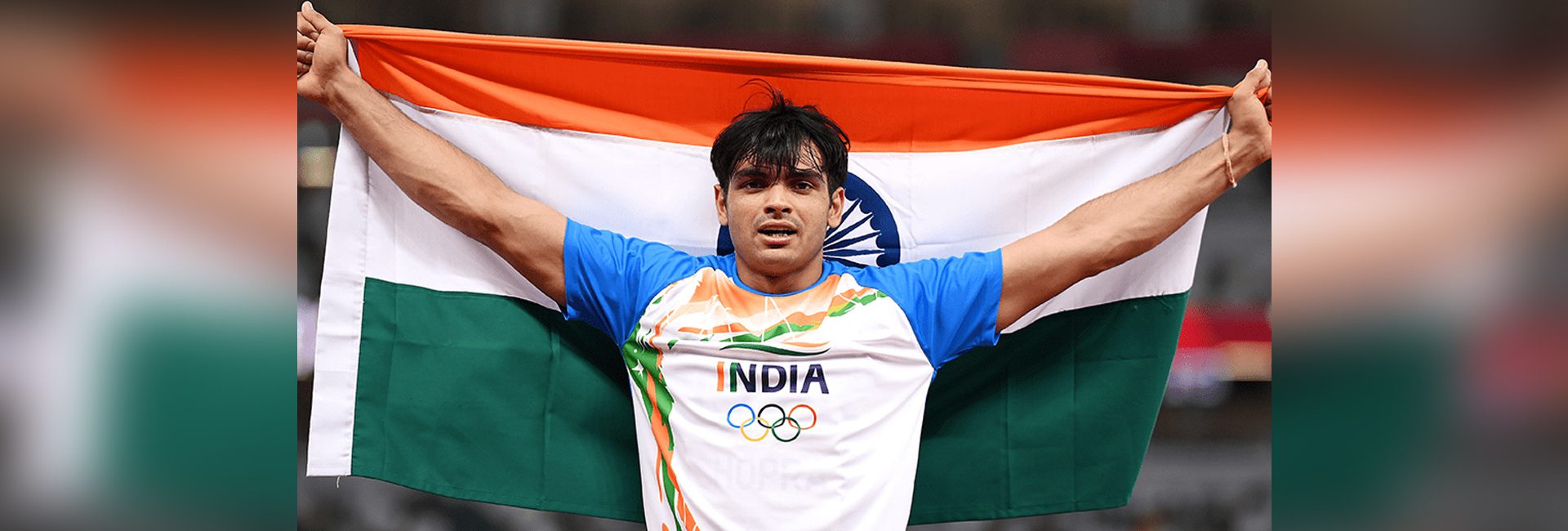
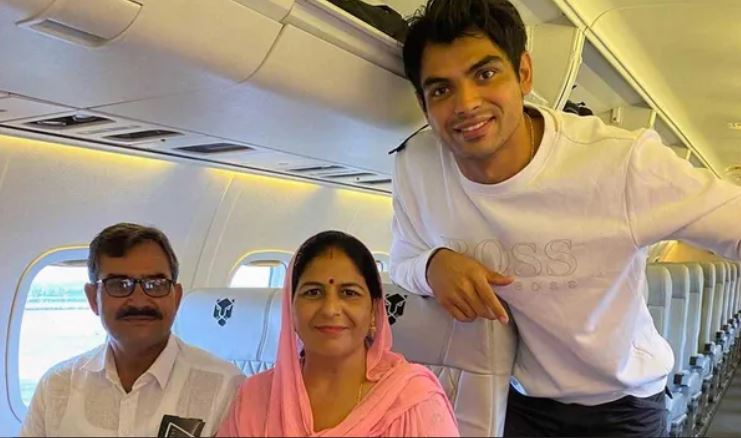 Neeraj Chopra with his parents on their first flight[/caption]
Neeraj Chopra with his parents on their first flight[/caption]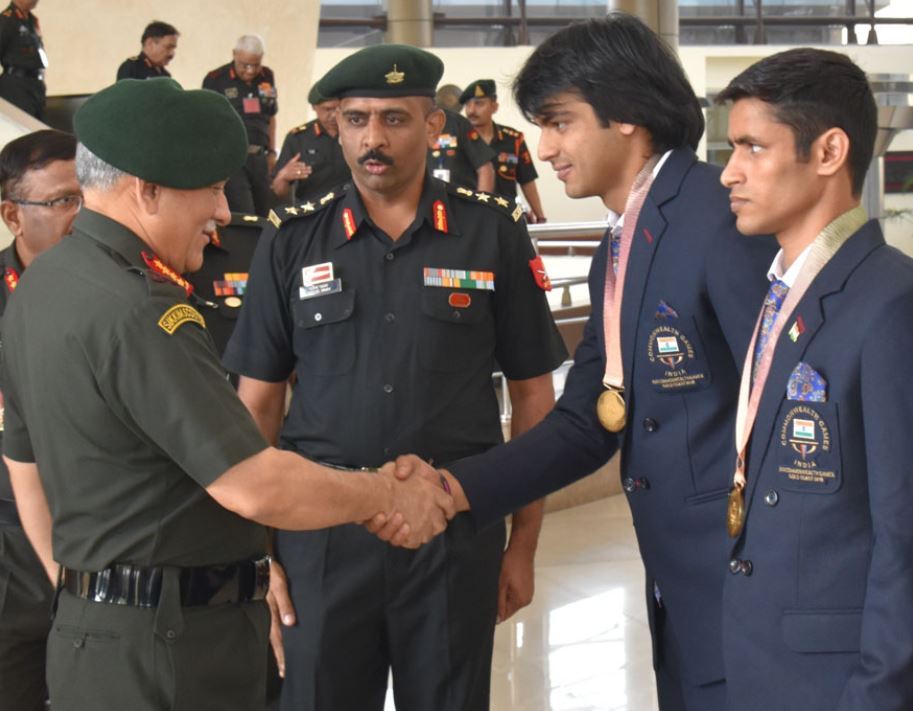 Neeraj Chopra with late Bipin Rawat, former Chief of Army Staff of the Indian Army[/caption]
Neeraj Chopra with late Bipin Rawat, former Chief of Army Staff of the Indian Army[/caption]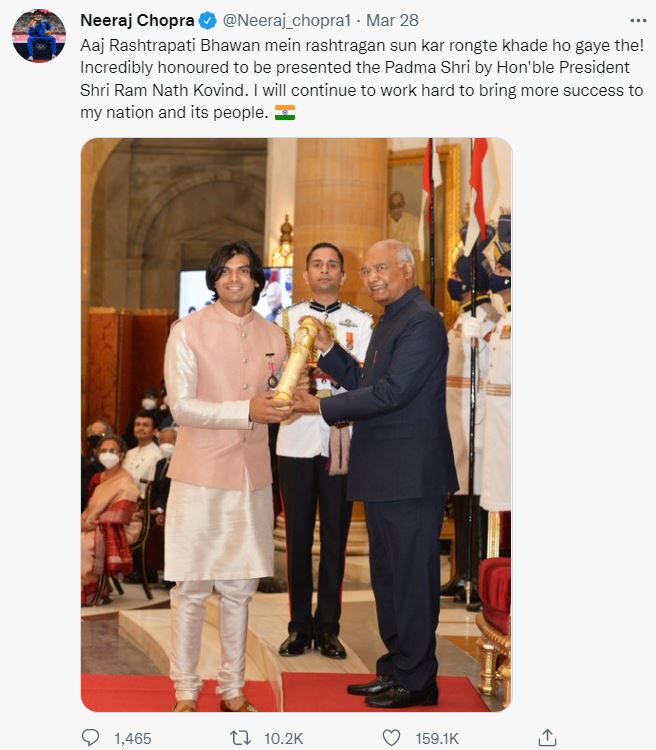
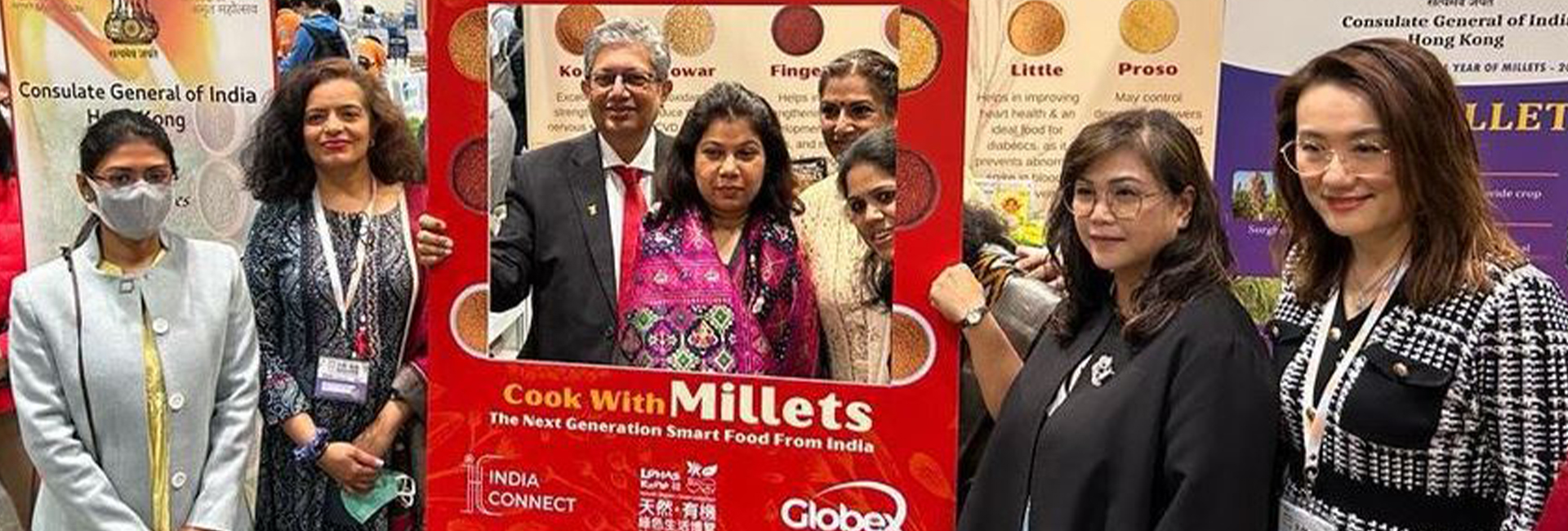
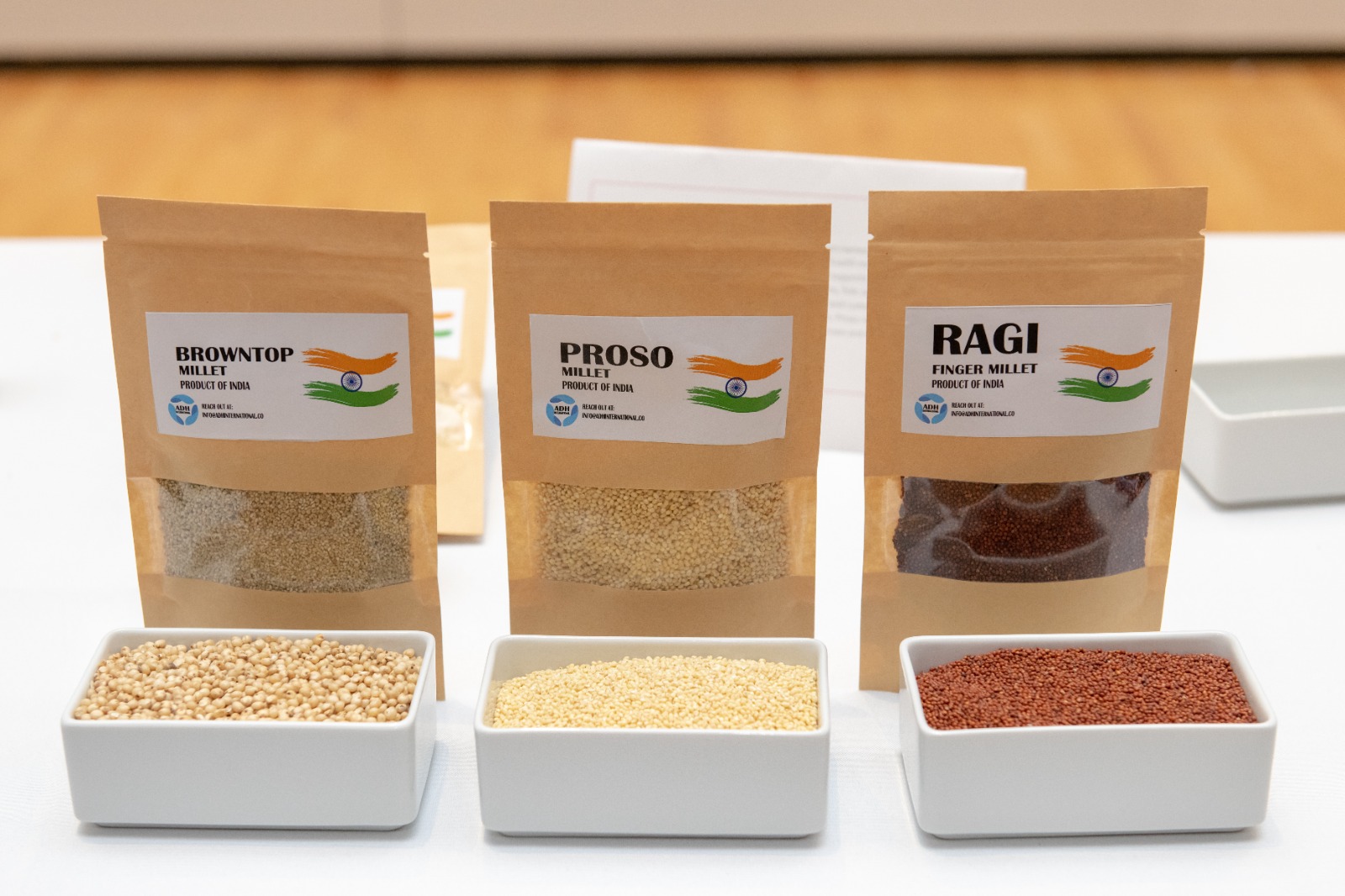 Photo Credit: Embassy of India, Vancouver[/caption]
Photo Credit: Embassy of India, Vancouver[/caption]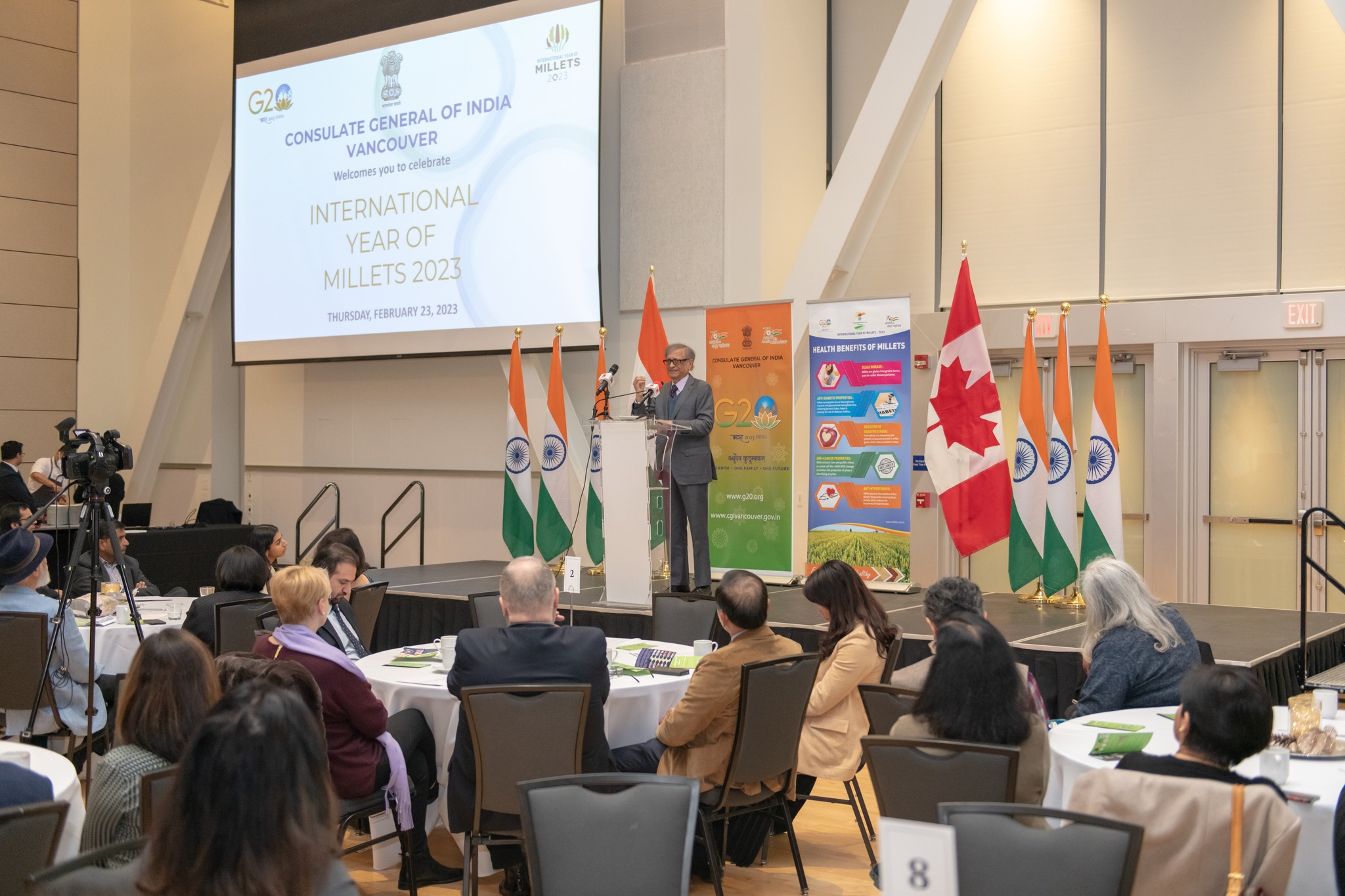 Photo Credit: Embassy of India, Vancouver[/caption]
Photo Credit: Embassy of India, Vancouver[/caption]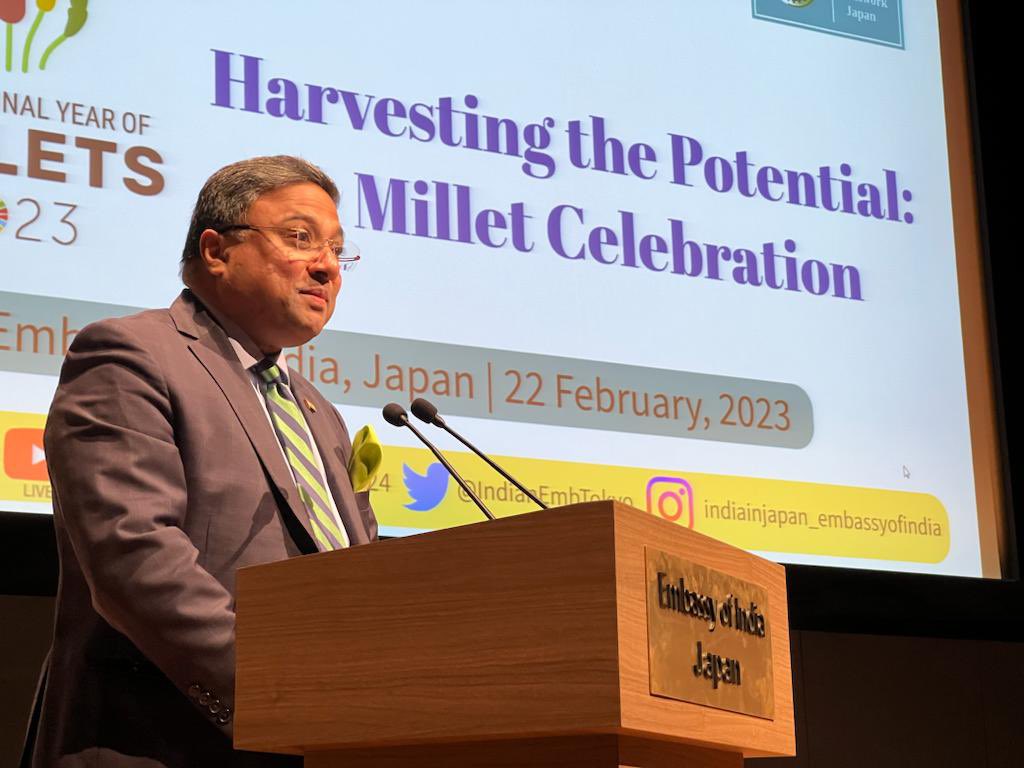 Photo Credit: Embassy of India, Tokyo[/caption]
Photo Credit: Embassy of India, Tokyo[/caption]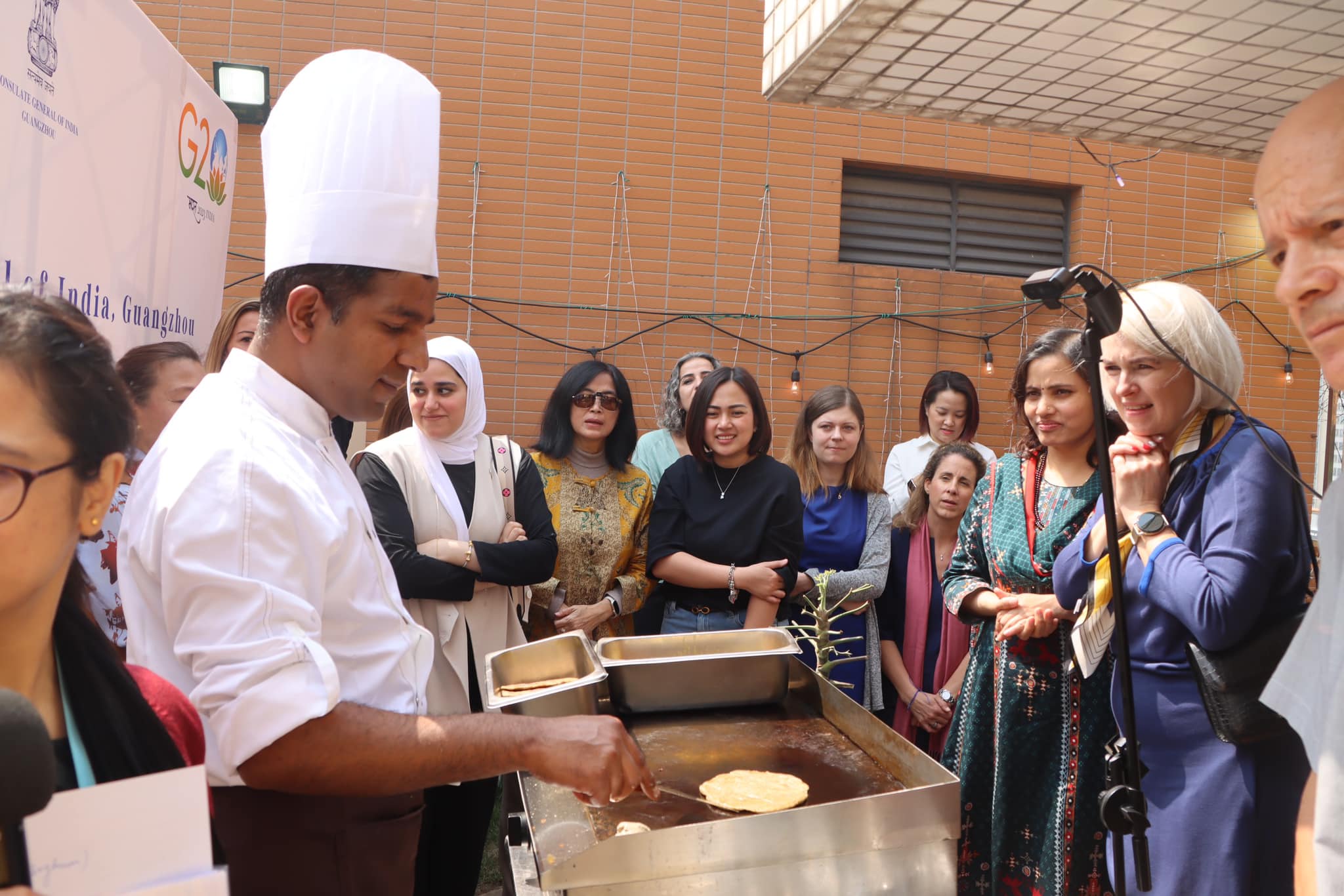 Photo Credit: Embassy of India,
Photo Credit: Embassy of India,  Photo Credit: Embassy of India, Paramaribo[/caption]
Photo Credit: Embassy of India, Paramaribo[/caption]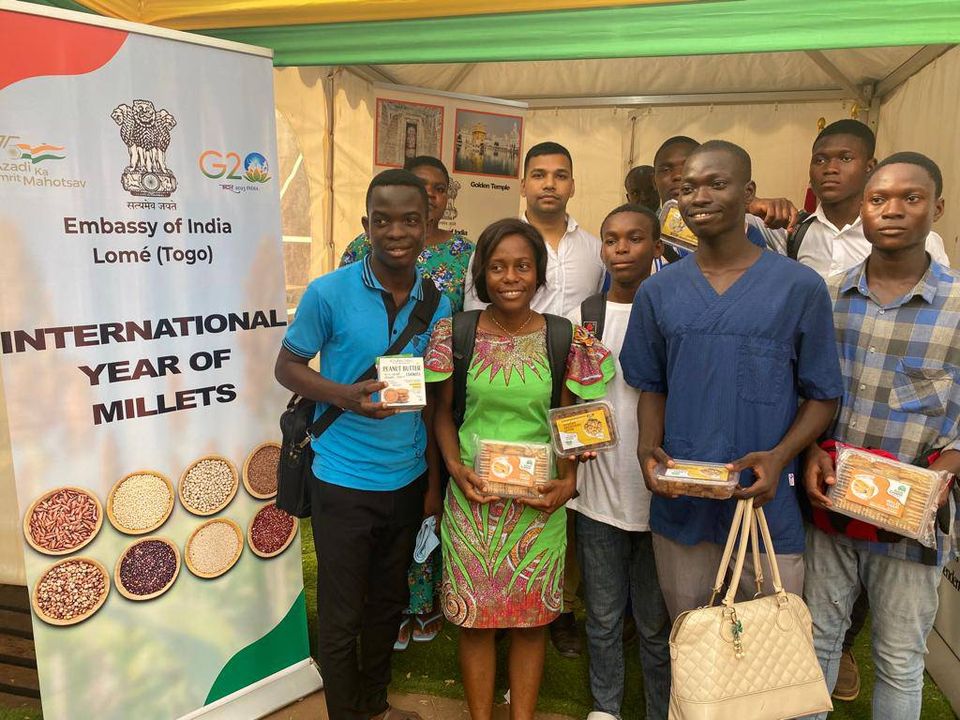 Photo Credit: Embassy of India, Lome[/caption]
Photo Credit: Embassy of India, Lome[/caption]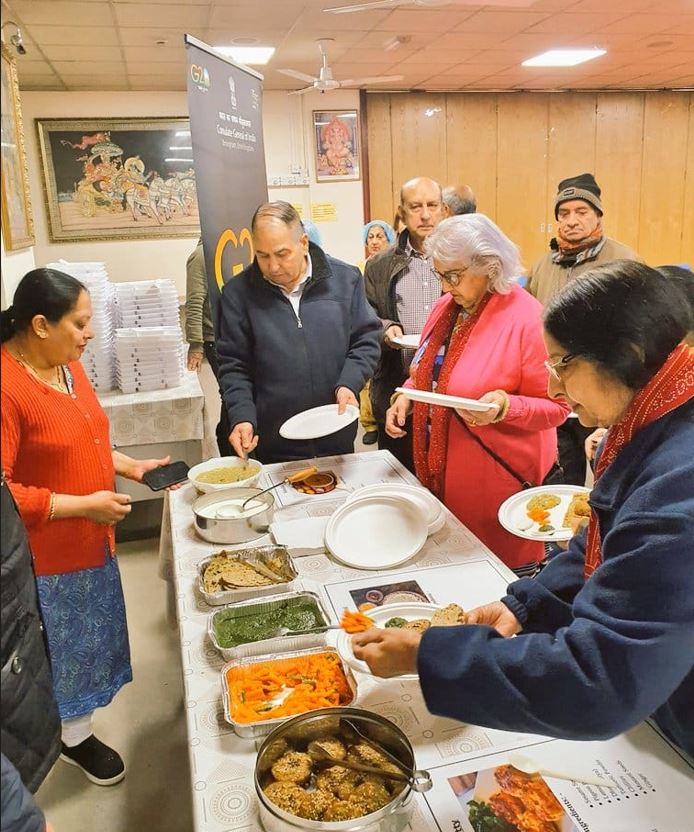 Photo Credit: Consulate General of India, Birmingham[/caption]
Photo Credit: Consulate General of India, Birmingham[/caption]